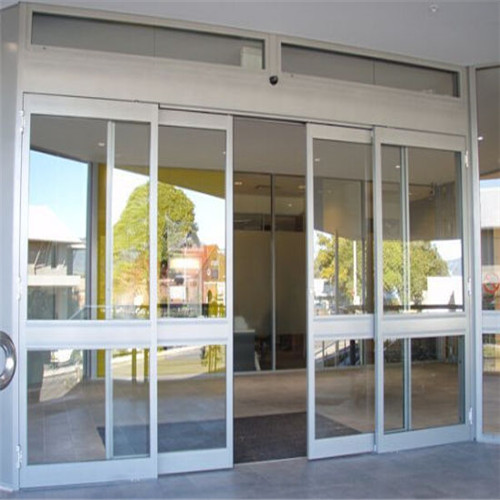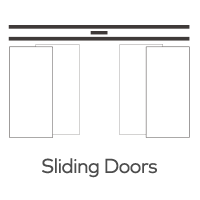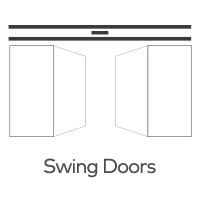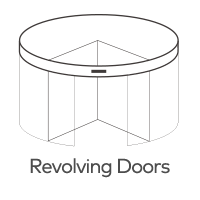Can a door controller support mobile access solutions?
In an increasingly digital world, the convergence of security and technology has revolutionized access control systems. Door controllers, once limited to traditional methods, have evolved to embrace mobile access solutions. This article delves into the capabilities of door controllers to support mobile access solutions, highlighting the benefits, technology behind it, and its implications for both residential and commercial settings.

The Shift to Mobile Access Solutions
Mobile access solutions have gained immense popularity due to their convenience and enhanced security. With smartphones becoming an integral part of daily life, the ability to control and monitor access remotely has transformed the access control landscape.
Door Controllers and Mobile Access: Seamless Integration
Door controllers, equipped with advanced technology, now seamlessly integrate with mobile access solutions. This integration allows users to use their smartphones as virtual keys, granting them the ability to unlock doors, gates, and entrances with a simple tap or gesture.
Benefits of Mobile Access via Door Controllers:
1. Convenience: Users no longer need to carry physical keys or access cards. Their smartphones become the key, offering unparalleled convenience.
2. Enhanced Security: Mobile access solutions often utilize encryption and biometric authentication, reducing the risk of unauthorized entry.
3. Remote Management: Property owners and administrators can grant access remotely, track entry history, and revoke access instantly.
4. Flexibility: Mobile access accommodates dynamic schedules, enabling temporary access for guests, service providers, or employees.
5. User-Friendly: Intuitive mobile apps make managing access permissions simple for both administrators and users.
The Technology Behind Mobile Access:
1. Bluetooth Technology: Many mobile access solutions leverage Bluetooth Low Energy (BLE) technology to establish a secure connection between the smartphone and the door controller.
2. NFC (Near Field Communication): NFC-enabled smartphones can interact with compatible door controllers by simply tapping the device against the reader.
3. Mobile Apps: Customized mobile apps facilitate user registration, access management, and remote control of the door controller.
Applications in Residential and Commercial Settings:
1. Residential: Mobile access solutions offer homeowners the ability to manage access for family members, guests, and even service providers, enhancing security and convenience.
2. Commercial: In workplaces, mobile access streamlines employee access management and integrates with time and attendance systems.
Considerations and Security Measures:
1. Data Security: Mobile access solutions should employ robust encryption methods to safeguard user data.
2. Lost Devices: Remote device deactivation capabilities mitigate the risks associated with lost or stolen smartphones.
3. Integration: Door controllers with mobile access capabilities should integrate seamlessly with existing security systems.
Conclusion
The integration of mobile access solutions with door controllers marks a transformative shift in access control practices. The convenience, enhanced security, and remote management capabilities these solutions provide redefine how we interact with our environments. As technology continues to advance, door controllers with mobile access support are set to become an essential component of modern security and access control systems.







